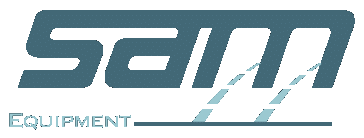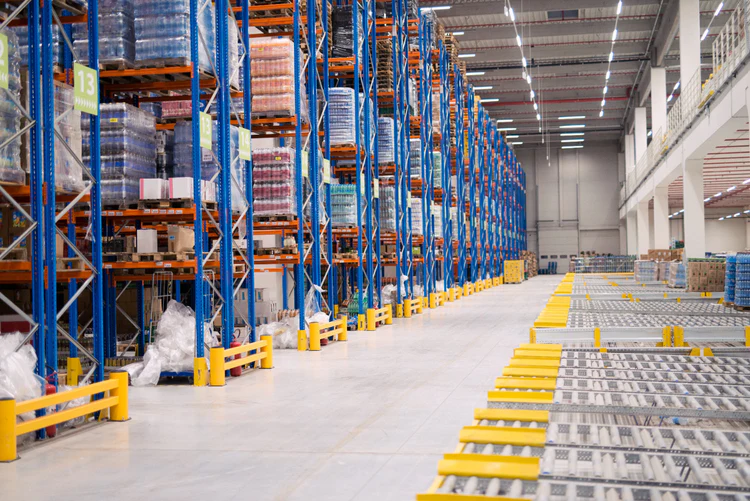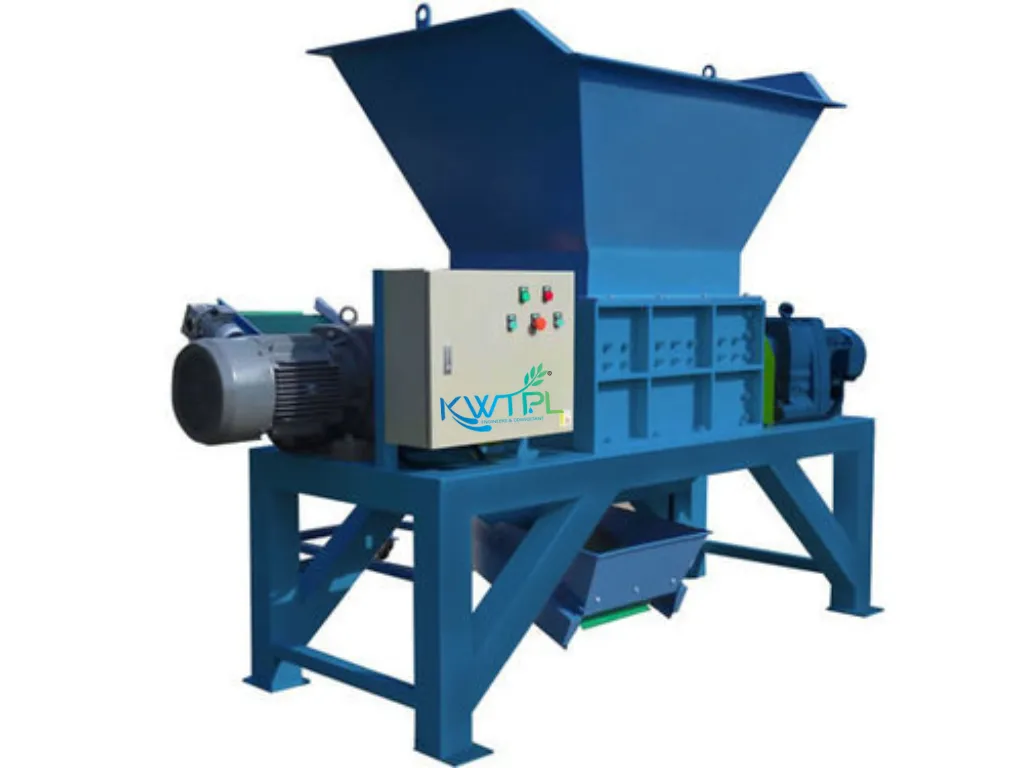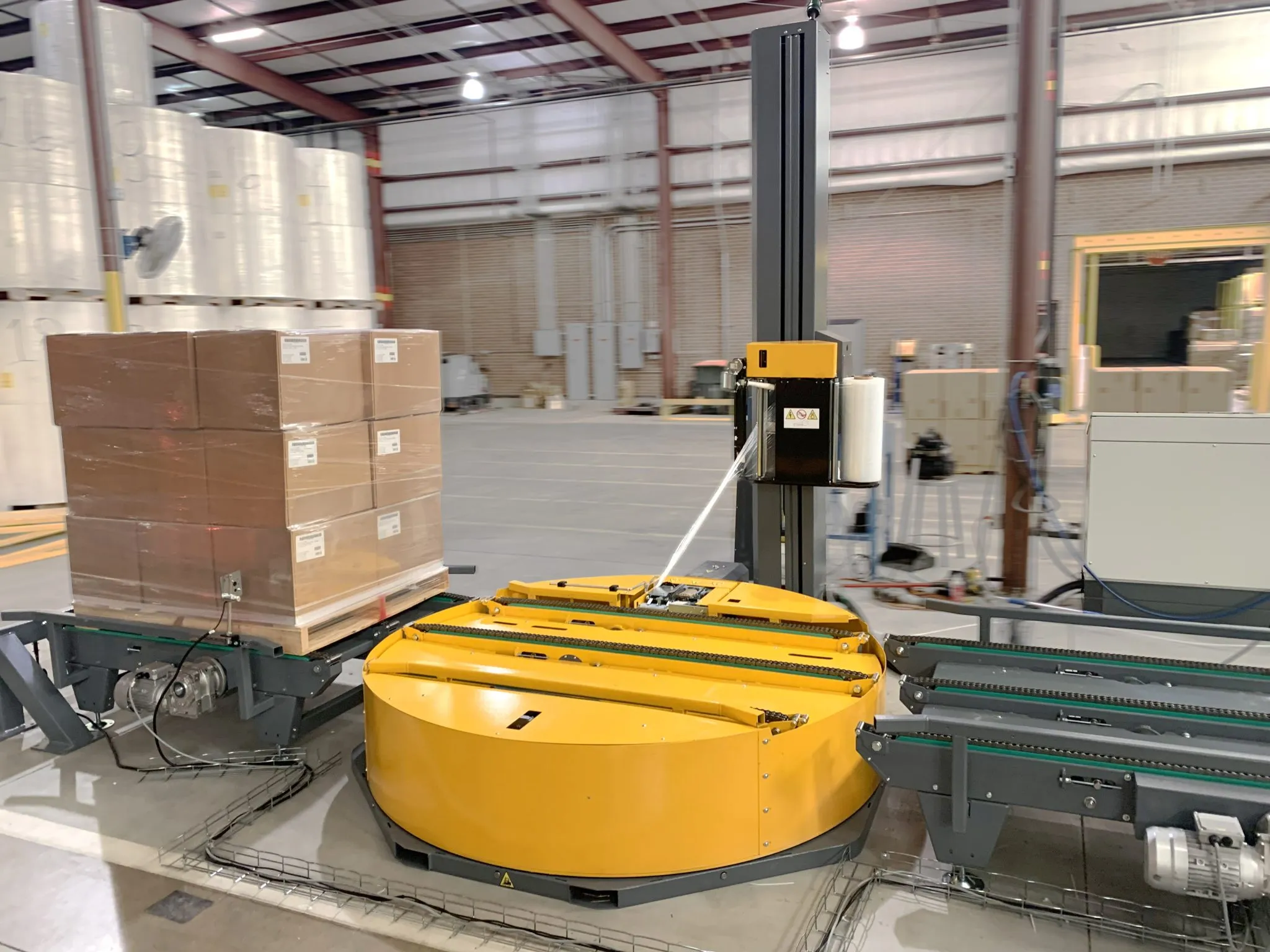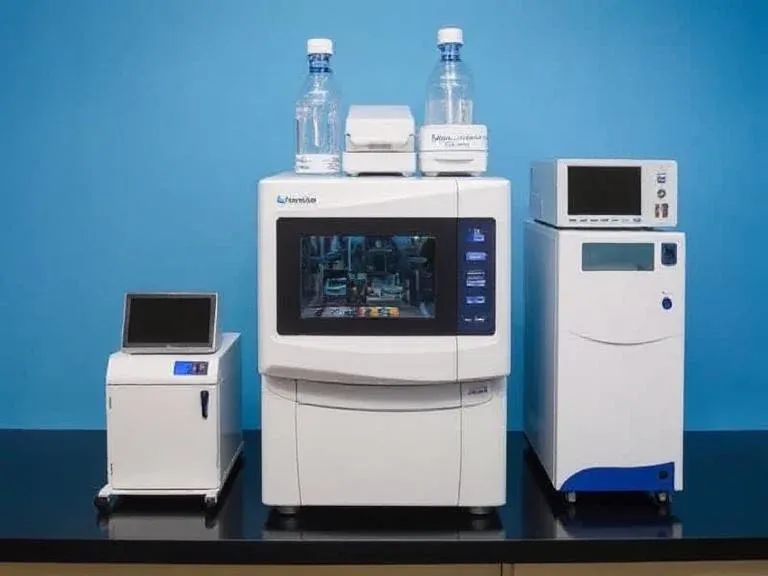Call to order +1 (646) 660-3859
Free shipping on all domestic orders
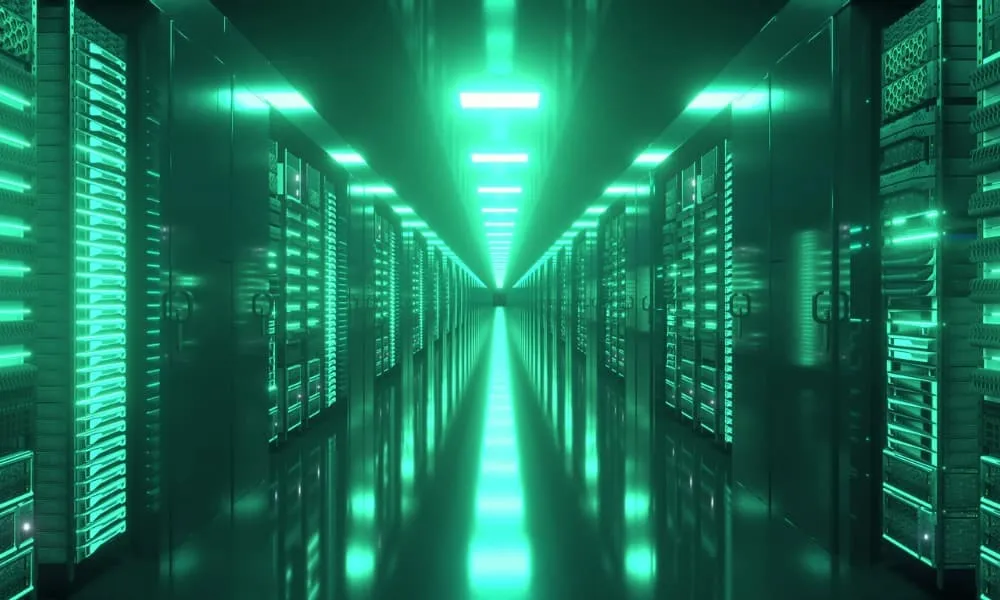
Here’s a surprising fact: Replacing just one hard disk drive (HDD) with a solid state drive (SSD) can cut annual CO2 emissions by over 140 kilograms. Multiply that across your entire logistics operation, and the carbon savings are impossible to ignore.
If your business still runs legacy systems powered by traditional hard disk drives, it’s not just your speed and efficiency that’s lagging—it’s your sustainability score, too. The switch to a solid state storage device is no longer just a tech upgrade—it’s an environmental step forward.
The Hidden Energy Drain in Your Data Systems
You likely don’t think twice about the spinning drives in your backend servers or logistics hardware—but those legacy HDDs are quietly pulling more power than you might expect.
Every HDD spins continuously, drawing energy even when idle. In contrast, a solid state storage device runs on flash memory, slashing power usage by up to 80 percent. For procurement and logistics leaders, this means:
- Lower operational costs across transport tracking systems, surveillance infrastructure, and data-heavy supply chain nodes.
- Significant drop in heat output, reducing cooling costs in container hubs, server rooms, and warehouse command centers.
Are your logistics systems consuming more power than they should—just to run outdated storage hardware?
Real-World Use Cases: Speed Meets Sustainability
This blog delves into real-world applications where SSDs speed up processes in tracking systems, IoT devices, and cloud-based logistics, ultimately reducing latency and emissions.
- Tracking Systems: Faster data access ensures real-time location updates and predictive delivery insights—without the lag or energy strain of legacy drives.
- IoT in Fleet Management: SSDs enable seamless performance in edge computing devices, making routing, inventory status, and diagnostics quicker and greener.
- Cloud-Based Logistics Platforms: SSD-powered storage accelerates cloud sync, boosting both response time and energy efficiency.
What if your entire logistics ecosystem could become faster and cleaner—just by upgrading its data storage?
Lifecycle Gains: The Carbon Math You Can’t Ignore
Let’s get into numbers. According to a 2023 lifecycle assessment by TechTarget GreenTech Insights, transitioning from HDDs to SSDs can save up to 160 kilograms of CO2e per terabyte over five years—per device.
Now imagine scaling that across:
- All data servers in your operations
- Warehouse terminals and compliance scanners
- Military-grade field systems and mobile command centers
The compound impact? Fewer emissions, fewer maintenance cycles, and less operational drag. That’s carbon savings with every load tracked, every shipment logged, and every command executed.
Modern Procurement with an Eye on the Planet
You’ve got procurement targets. But do they include environmental impact metrics? Smart sourcing today isn’t just about cost or lead time—it’s about total lifecycle value.
Key Procurement Actions to Lower Your Carbon Load:
- Choose solid state storage devices with verified energy ratings
- Consolidate data centers using SSD-optimized architecture
- Include green data centers in your vendor selection checklist
- Use energy-efficient storage as a qualifying spec in RFQs
And don’t forget: support equipment matters too. Routine items like shredder oil used for document disposal also contribute to operational sustainability when sourced right.
Why This Matters for Your Business
Whether you serve government contracts, manage multi-site facilities, or handle military-grade logistics, speed and reliability are only half the story. You’re also responsible for compliance, reporting, and reducing your carbon exposure.
That’s why providers like Sam Equipment stand out. We supply top-notch equipment and services to businesses across multiple industries, helping them enhance efficiency, and achieve their logistic goals.
When your hardware choices start supporting your environmental strategy, you’re no longer reacting—you’re leading.
Final Takeaway: The Storage Upgrade That Pays You Back
You’re already optimizing your fleet, consolidating supply chains, and automating workflows. But if you’re still stuck on spinning disk drives, you’re missing a low-hanging win.
Make the shift to solid state storage devices—not just for performance, but for sustainability, compliance, and cost-efficiency.
The carbon savings are real. The speed gains are proven. And the environmental edge is yours to claim.
So, are you ready to power your logistics—and the planet—smarter?
